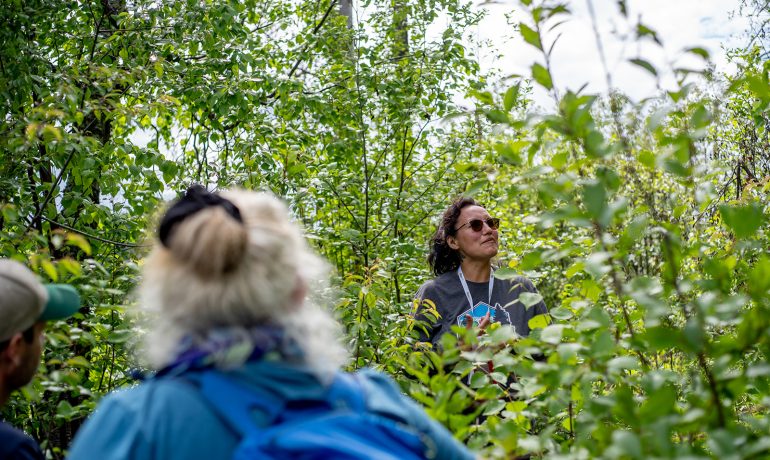Wood Markets Conference
By Paul Quinn
Russ Taylor and his team at Wood Markets hosted its annual softwood log and lumber conference in Vancouver last week. A few highlights [from RBC’s Research Note] include:
- Canadian lumber production is expected to be flat going forward – Conference presenters expect that MPB-related harvest reductions in the BC Interior will be made up by increases in Alberta and the rest of Canada.
- Chinese demand continues to grow for both logs and lumber – With both log and lumber import graphs moving from the lower left to the upper right, wood consumption continues to trend higher.
- Top Chinese log importers are Russia and New Zealand, while Russia and Canada are the largest lumber importers. Chinese port log inventories are currently estimated at 3.8 MM m3 and considered to be slightly high, especially for Radiata Pine.
- Chinese lumber import prices from Canada are expected to decrease with the imposition of the softwood lumber duties to the US, but higher freight on European lumber imports (~2x 2016 levels) could partially offset the drop.
- Russian lumber production continues to grow – With an AAC over 300MM m3 and an annual harvest of 200MM m3, this is potential upside if forestry companies can solve the infrastructure issue in Russia. In the meantime, lumber production should increase as industry players re-invest in their mills.
- It is anticipated that Russian log exports will slowly decline over time as lumber producers utilize more of this resource. Russian lumber exports to China are growing at ~15%/year and expected to continue for some time given the significant capital spending occurring in the country.
- New Zealand log exports could see 15%+ growth – While harvest volumes used to average only 20 MM m3 prior to 2009, they increased by roughly 50% to 30 MM m3 by 2013. In addition, the volume exported doubled given the strong demand environment in China and low shipping costs.
- US South log prices not expected to see a material rise for some time – Global timberland markets are estimated at $80B to $100B for the 137 MM ha, with almost half in located in the US. While wood consumption rises in the US, on the continued housing recovery and growing R&R demand, sawlog prices in the US South have been on the decline for the past 2 years.
Related Post
August 1, 2025
As Published in Canadian Forest Industries Magazine, Pulp & Paper Magazine and Canadian Biomass Magazine
Jennifer Gunter’s Op Ed, “Community Forests: Rooted in Community,
January 20, 2025
Minister of Forests Mandated to Expand BC’s Community Forest Program
In the recently released mandate letter to the Minister



